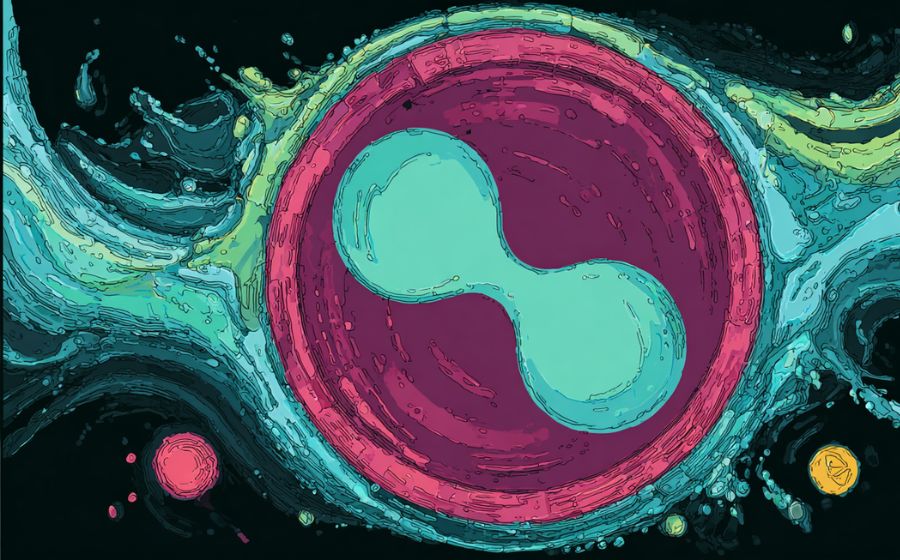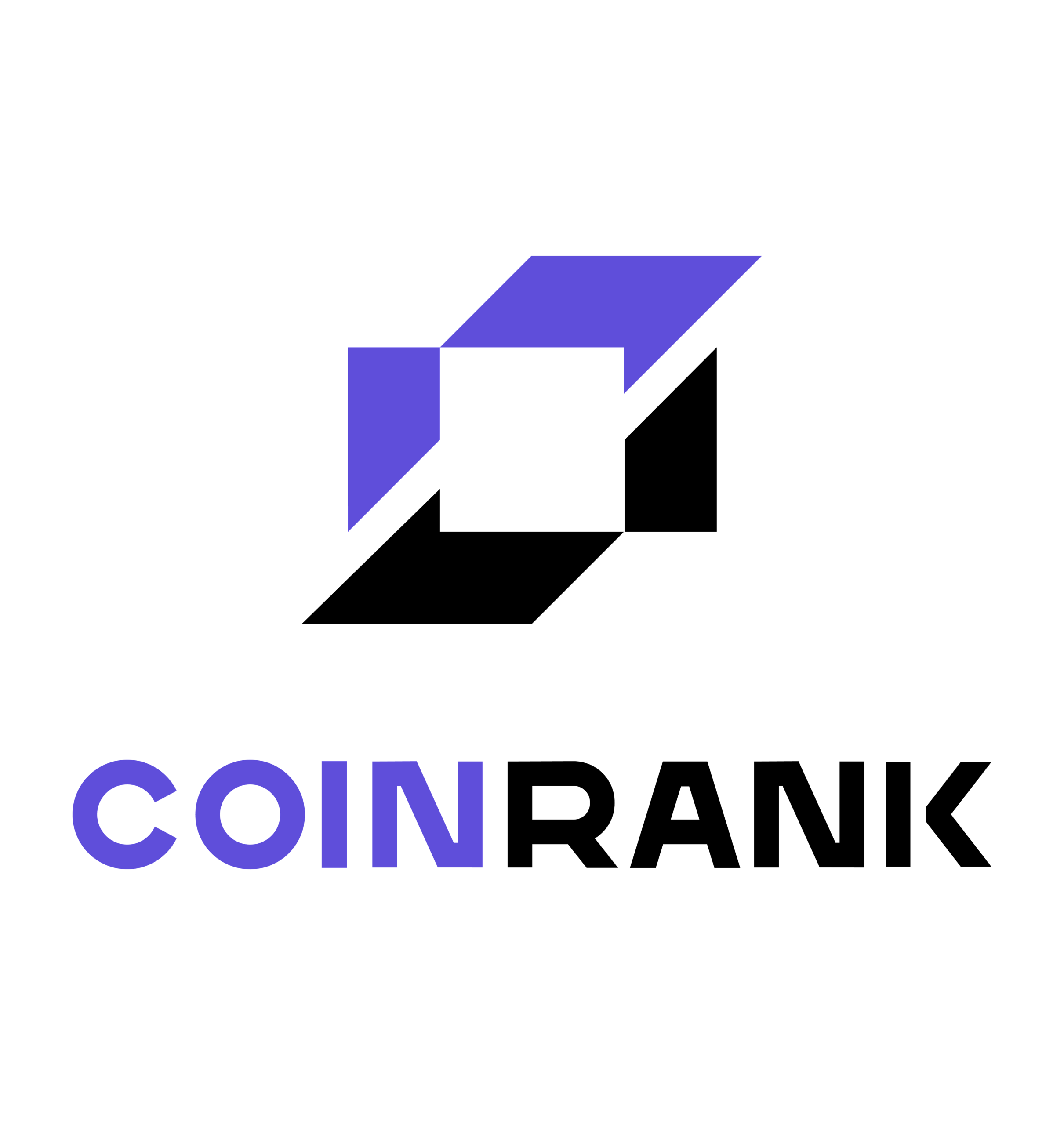
KEYTAKEAWAYS
-
HIP 3 allows anyone to create a perpetual market on Hyperliquid by staking 500,000 HYPE, making decentralized listing truly permissionless.
-
Each new market locks tokens worth over 21 million dollars, forming a deflationary cycle that strengthens HYPE’s on-chain economy.
-
Ecosystem projects such as Kinetiq, Based, Pendle, and USDH are building a connected financial stack that powers Hyperliquid’s next stage of growth.

CONTENT

ORIGIN AND BREAKTHROUGH: THE AMBITION BEHIND DECENTRALIZED LISTING
In October, the crypto world quietly witnessed a structural explosion. When Hyperliquid announced the activation of HIP 3, the platform known for its high-performance matching and strict risk engine suddenly became an open arena where anyone could launch a perpetual market. Developers only need to stake 500,000 HYPE tokens to deploy a full trading market on-chain with its own order book, oracle, and leverage parameters. At that moment, the boundary of decentralization was pushed further.
HIP 3 was not just a technical upgrade but a shift in philosophy. For the past year, Hyperliquid dominated the DEX derivatives field, holding over 70 percent of the market. But by mid 2025, challengers like Aster and Aevo emerged, fragmenting liquidity and innovation. The team realized it could not rely on the old system of “official listings.” HIP 3 was their answer: giving market creation back to the community and letting the ecosystem evolve on its own.
The logic is bold but simple. Anyone willing to take on risk and cost can now create a new derivatives world. It is as if Binance’s listing committee was written directly into the blockchain, replacing trust with stake and code. To prevent abuse, the system runs a Dutch auction every 31 hours. Only one new market can go live each round, and participants bid in HYPE for the slot. The winner earns 50 percent of the trading fees and can set an extra custom fee. For the first time, access, risk, and incentive are perfectly aligned.
As the team wrote in its blog, “HIP 3 turns Hyperliquid from an exchange into an open financial machine.” From that point, anyone could become its operator.
COST AND CONSEQUENCE: THE 500,000 HYPE THRESHOLD
The first shock brought by HIP 3 was its cost. Five hundred thousand HYPE, worth about 21 million dollars at current prices, is the price of entry. For most teams, it is like buying an entire small exchange. But within Hyperliquid, this stake is more than a ticket. It is a contract, both a qualification to open a market and collateral for responsibility. If a deployer manipulates data or causes losses, validators can slash the staked HYPE. That massive financial weight becomes the firewall of decentralized order.
This design blends rationality and ambition. Responsibility becomes an on-chain asset constraint, and HYPE gains its first true role as a system security token. Each new market locks 500,000 HYPE. Twenty markets mean millions of tokens frozen, cutting down circulating supply. The auction process adds another sink where HYPE is used, recycled, and burned. Incentives and token value are built into the ecosystem’s rhythm.
Originally, Hyperliquid’s inflation risk centered on November 29, when 71 percent of new HYPE will unlock. HIP 3 now acts as a defense line. With markets launched, fees shared, and the coming USDH buyback program, the network gains a deflationary cycle. HYPE becomes more than a governance or fee token. It turns into venture capital in token form. Whoever holds HYPE holds the right to create markets and capture revenue.
HIP 3 also reshapes user behavior. For traders, it brings an explosion of new assets, from long tail tokens to RWA and AI futures. For project teams, it becomes a tool of self financialization, letting them list their own perpetual markets instead of waiting for an exchange. A new role appears: the “market operator,” who acts as engineer, manager, and dealer all in one.
Decentralization is never free. The high threshold keeps entrants few, and failure could mean losing the entire stake. Some call it an open club, others a DeFi casino. Either way, the experiment has begun. Hyperliquid used one protocol upgrade to redistribute power and responsibility back to the market.
THE ECOSYSTEM IN MOTION: A NEW FINANCIAL STACK EMERGES
HIP 3 lit a fuse that reached far beyond trading. The entire Hyperliquid ecosystem is now expanding at speed, with over a hundred active projects across staking, lending, yield, stablecoins, and on-chain trading apps.
The brightest star is Kinetiq, the liquid staking protocol. Its TVL surged from 450 million to 1.8 billion dollars in two months. Users stake HYPE for kHYPE and stay active in DeFi. The StakeHub algorithm distributes delegations among more than 100 validators based on reliability and yield. Its upcoming token KNTQ will let holders vote on HIP 3 market planning, turning stakers into lawmakers of the ecosystem.
Another powerhouse is Based, a mobile super app for trading and payments. It merges DEX liquidity with CEX-like ease: email login, Visa card integration, and one-tap perpetual trading. Daily volume exceeds 300 million dollars, ranking top in ecosystem revenue. With its dual token system PUP and BASED, users earn XP and unlock airdrops. In 30 days, Based brought over 6.7 million dollars in protocol revenue and became a key traffic engine for Hyperliquid.
On the yield side, Pendle changed capital efficiency once again. It allows kHYPE holders to split yield and principal, trading YT and PT tokens for fixed or variable returns. Together, Pendle and Kinetiq create a yield layer that draws institutional and retail users alike. Pendle’s TVL on HyperEVM now exceeds 1.2 billion dollars, showing strong demand for structured yield tools.
Meanwhile, HyperLend and Hyperbeat play the roles of lending bank and DeFi hub. HyperLend’s dual pool model separates core and volatile assets, offering leveraged loops through its HyperLoop flash loan function with 48 percent utilization. Hyperbeat serves as the ecosystem’s front door, providing staking, lending, and vault aggregation. It also expanded to Arbitrum to attract outside liquidity.
The final piece is the upcoming native stablecoin USDH, managed by the community elected team Native Markets. With a target of 5.5 billion dollars under management and 95 percent of yield used to buy back HYPE, USDH will anchor the entire financial loop. When USDH, Kinetiq, Pendle, and HIP 3 connect, Hyperliquid forms a self-sustaining system. Staking supplies capital, yield creates demand, stablecoins provide liquidity, and HIP 3 keeps markets open.
As of October 2025, the ecosystem’s total TVL has passed 6.5 billion dollars with 300,000 monthly active users and a 67 percent retention rate. Behind the numbers, a decentralized financial engine is roaring to life.
CHALLENGES AND THE ROAD AHEAD: THE PRICE OF FREEDOM
Every open system rewrites its own order. HIP 3 gives power to the market but also exposes it to real risk. Critics argue that a 21 million dollar entry cost will keep small teams out, turning decentralized listing into a playground for the wealthy. They warn that influence could once again concentrate among large HYPE holders and market makers, repeating the old exchange politics in new form.
The concern is not unfounded. Liquidity, not listing, defines a derivatives market. Without depth, new markets fade fast. Hyperliquid’s team is addressing this by letting validators slash bad actors and by encouraging community projects like Kinetiq to fund early high-quality markets. Some members suggest lowering the stake requirement as infrastructure matures, aiming for truly open access in the future.
At the same time, governance is becoming multilayered. From the USDH issuer vote to the deflation proposal and validator decisions on HIP 3, Hyperliquid’s ecosystem now runs on shared control. The community is no longer a passive audience but an active participant in rulemaking. This may be HIP 3’s most lasting legacy. It not only decentralizes the market but also transforms governance itself into an economic activity.
Viewed broadly, HIP 3 signals the next phase of decentralized exchanges. The first phase was about speed, the second about user experience, and the third is about self replication. Hyperliquid aims to be the platform where innovation builds itself.
When market creation becomes code and token value ties directly to growth, Hyperliquid redefines what a decentralized exchange can be.
There is still a long road ahead, from liquidity building to risk management and user education. But if DeFi’s final vision is an open and self governed financial order, HIP 3 might be the gear that makes it real.
When 500,000 HYPE lock on-chain, a new market is born. When builders press deploy, a new world of finance begins to write itself.












